Assessing Global HRM: Standardization, Adaptation, and Effectiveness
VerifiedAdded on 2022/12/21
|12
|693
|100
Essay
AI Summary
This essay examines the effectiveness of Human Resource Management (HRM) strategies in global organizations, focusing on the balance between standardization and local adaptation. Using Amazon as a case study, the essay explores how the company attempts to standardize performance management and recruitment processes globally while adapting cultural factors, compensation structures, and leadership approaches to local markets. The analysis reveals the dilemmas in aligning different approaches toward common goals, especially with varying business requirements and diverse employee groups. The essay suggests achieving internal consistency through standardized recruitment traits and leadership roles, while promoting market adaptability based on local employee feedback. It concludes that while both standardization and market adaptation have pros and cons, decentralization and considering foreign operations as strategic business units can improve the effectiveness of global HRM strategies. Desklib offers a platform to explore similar essays and solved assignments for students.
1 out of 12

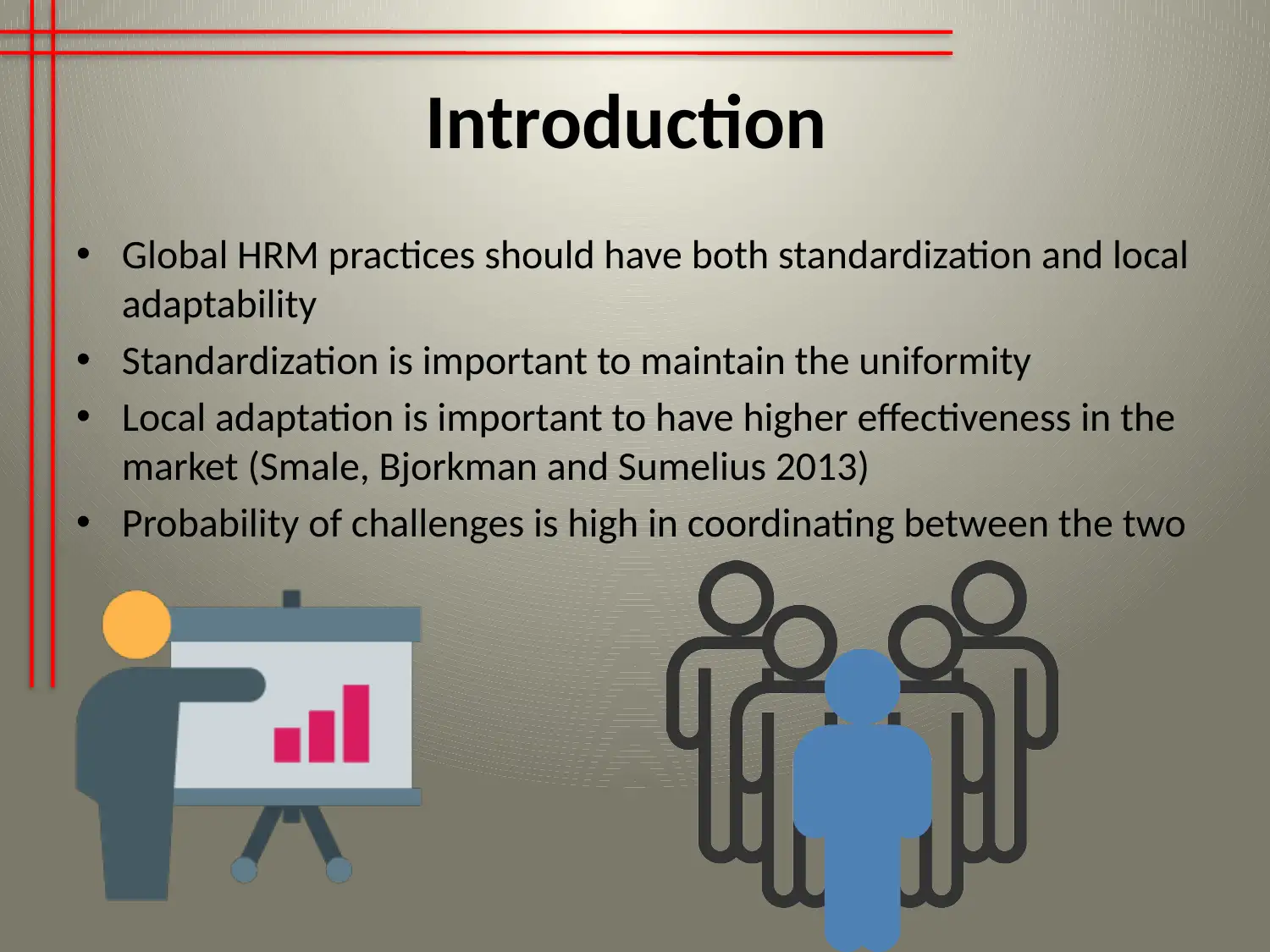
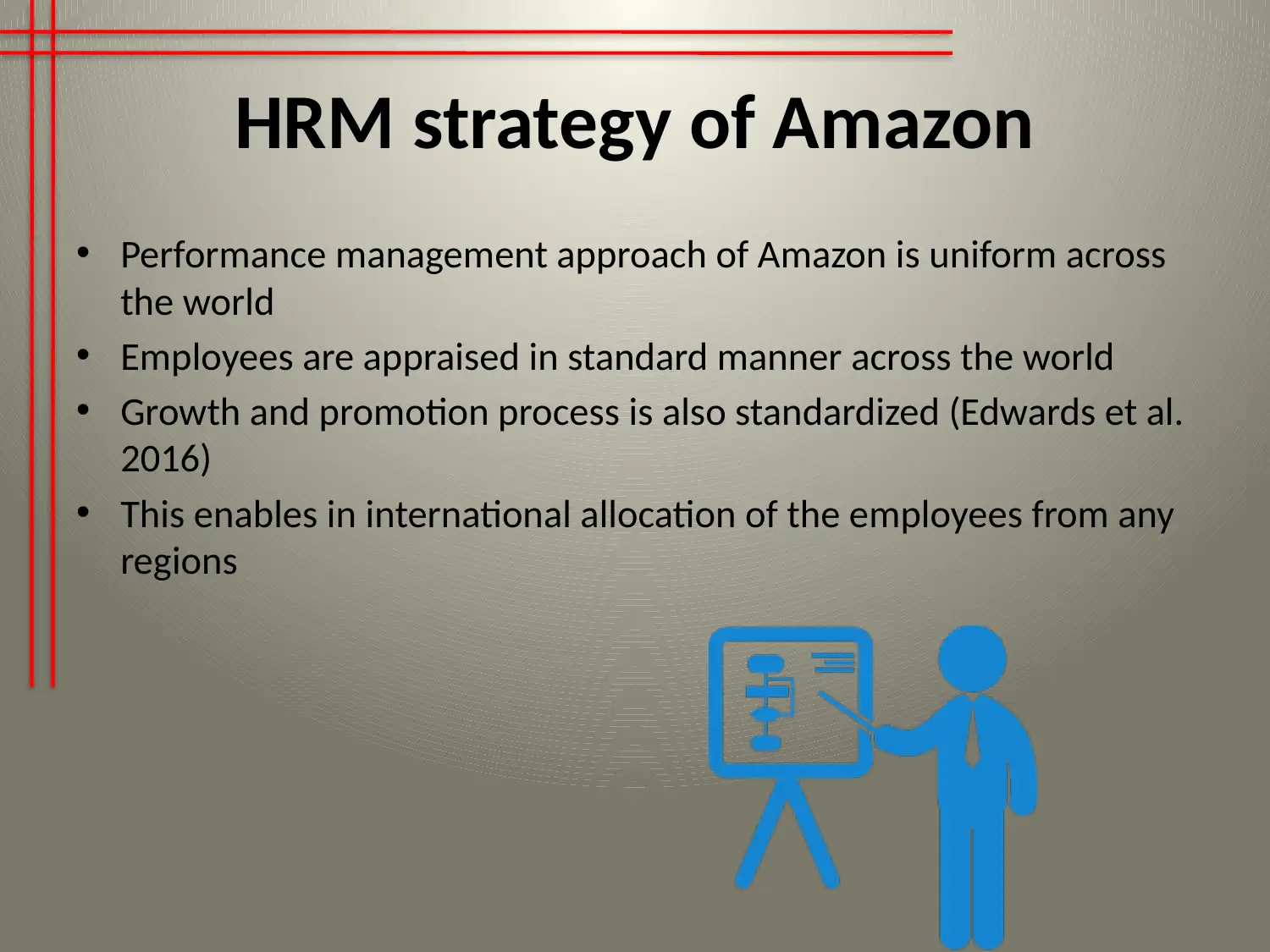


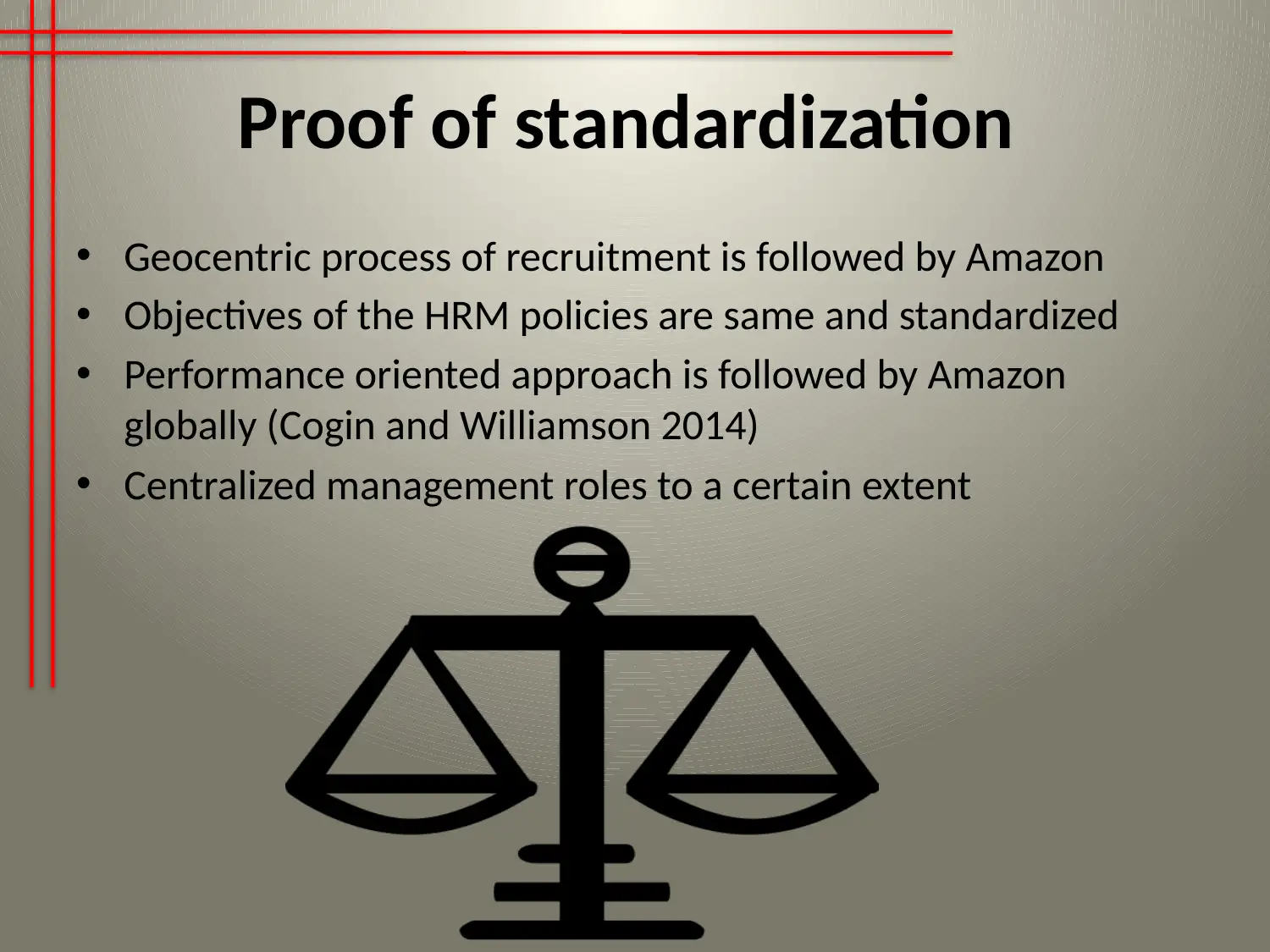

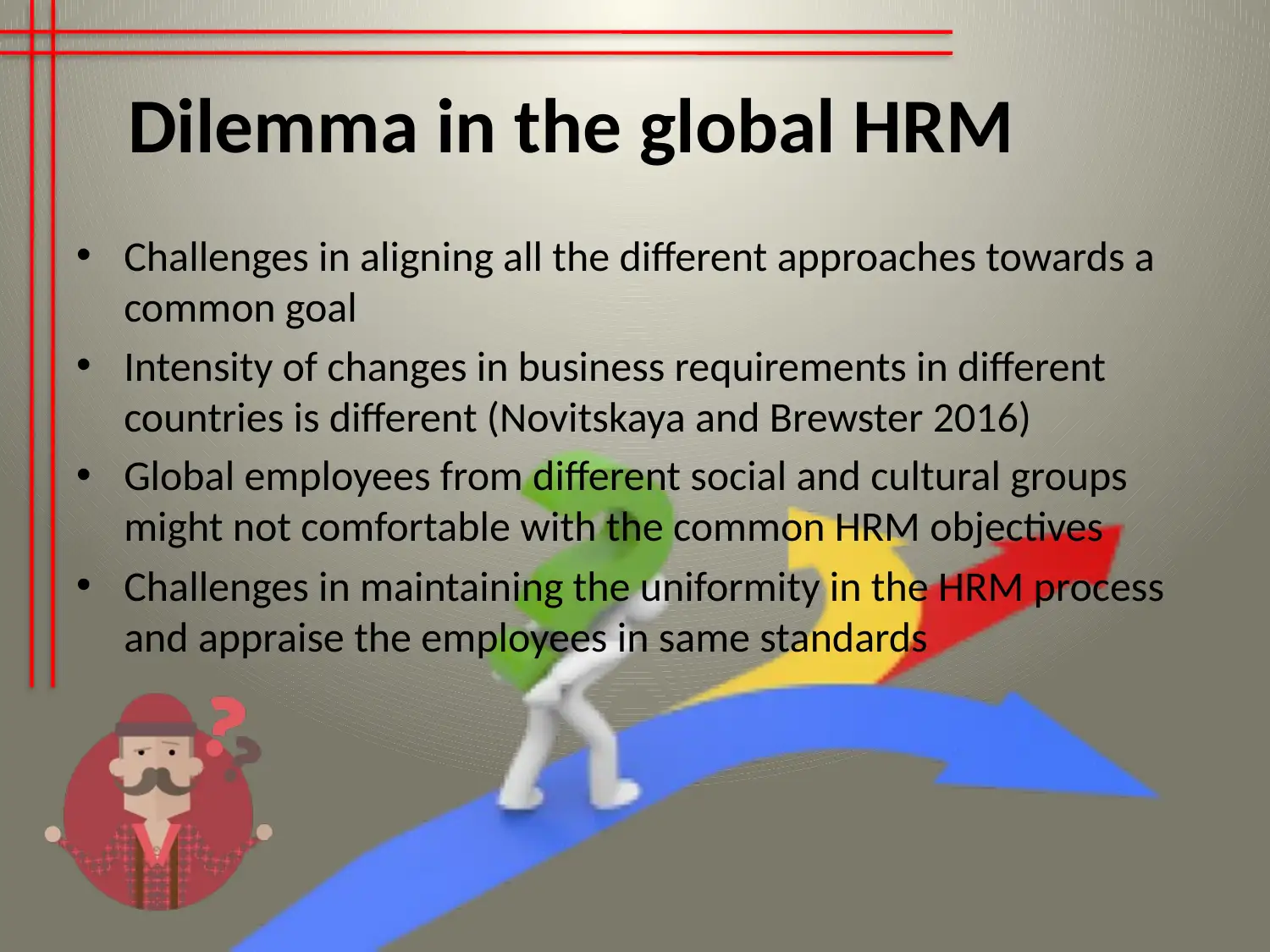
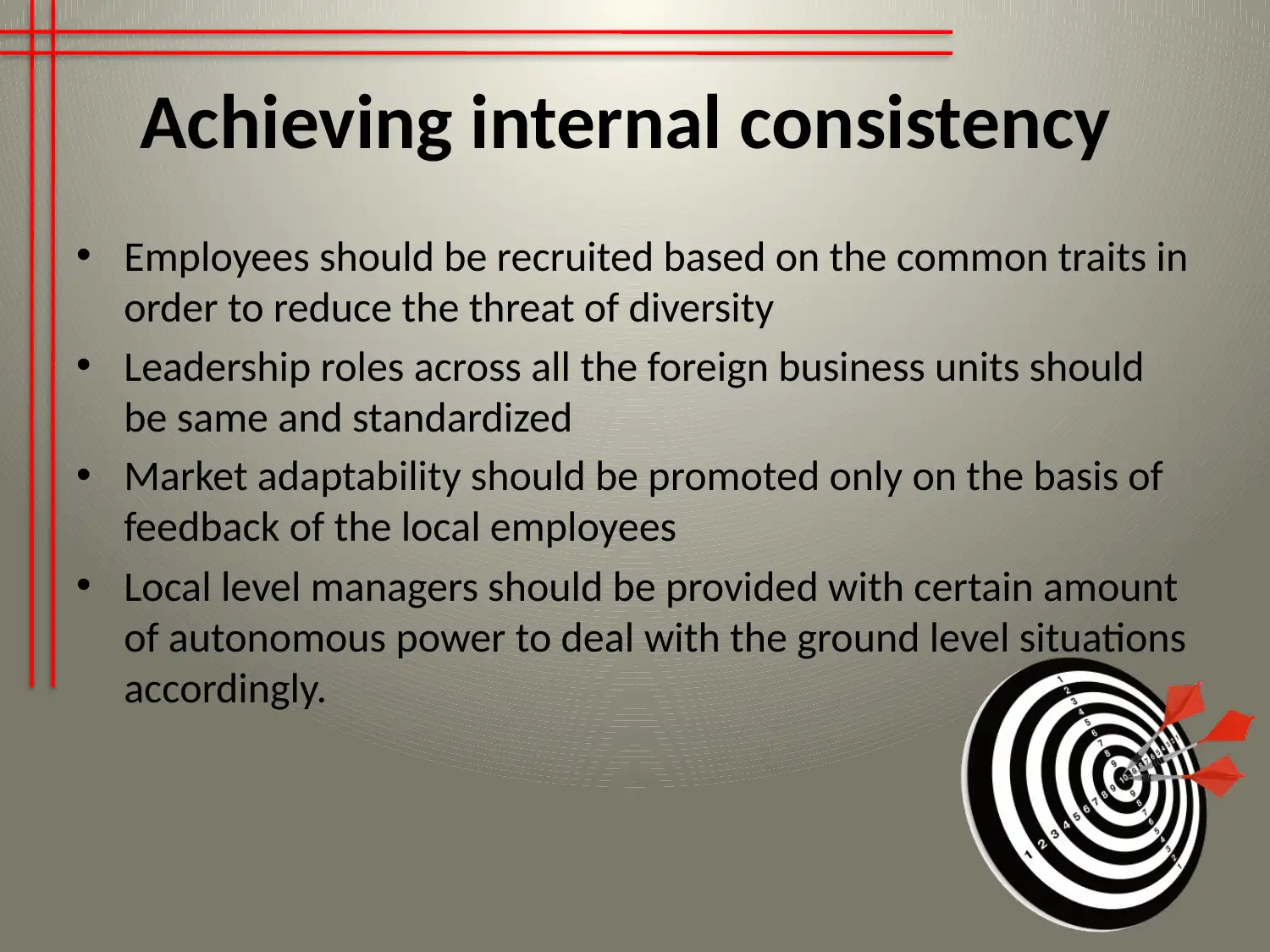
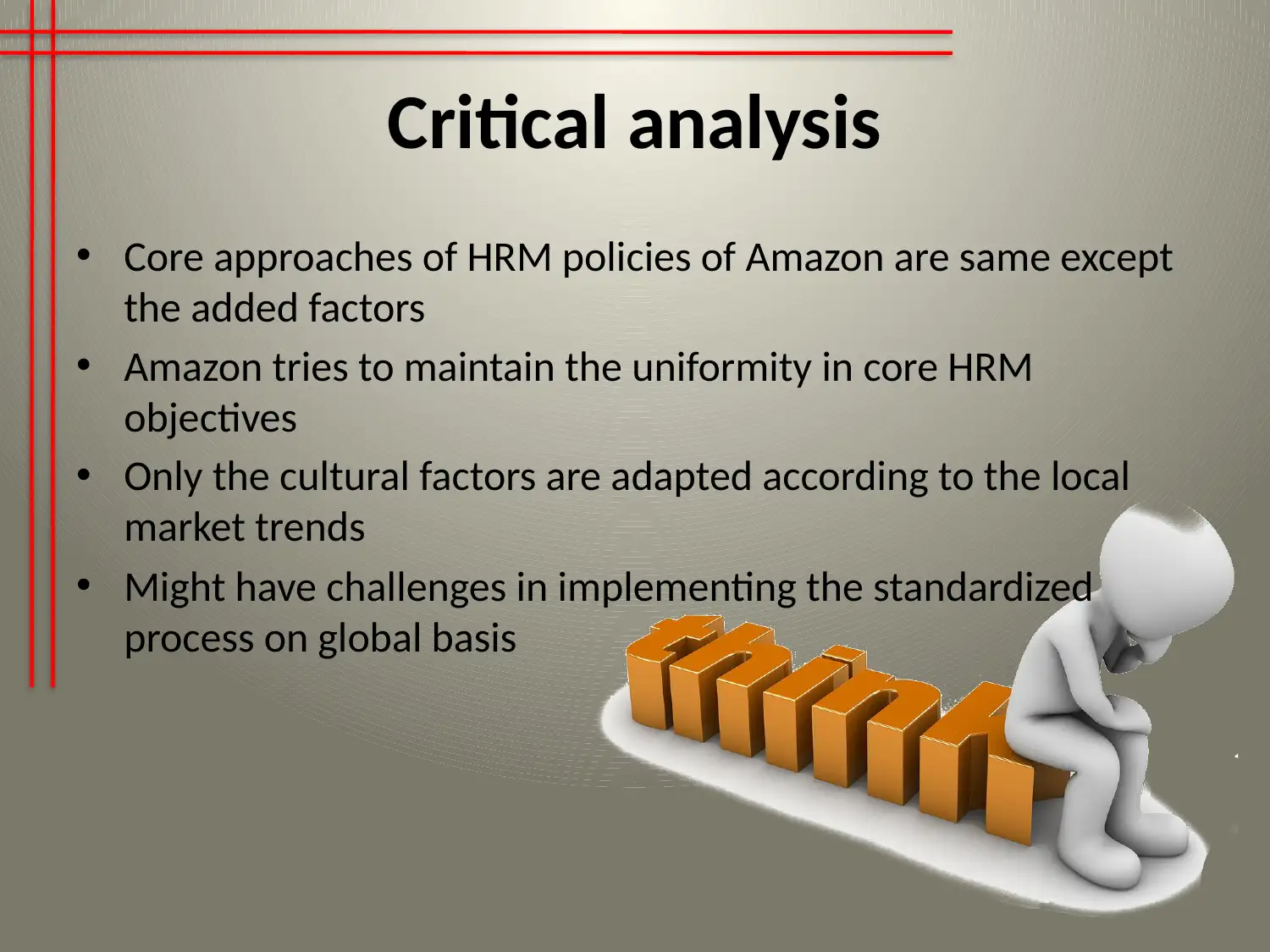


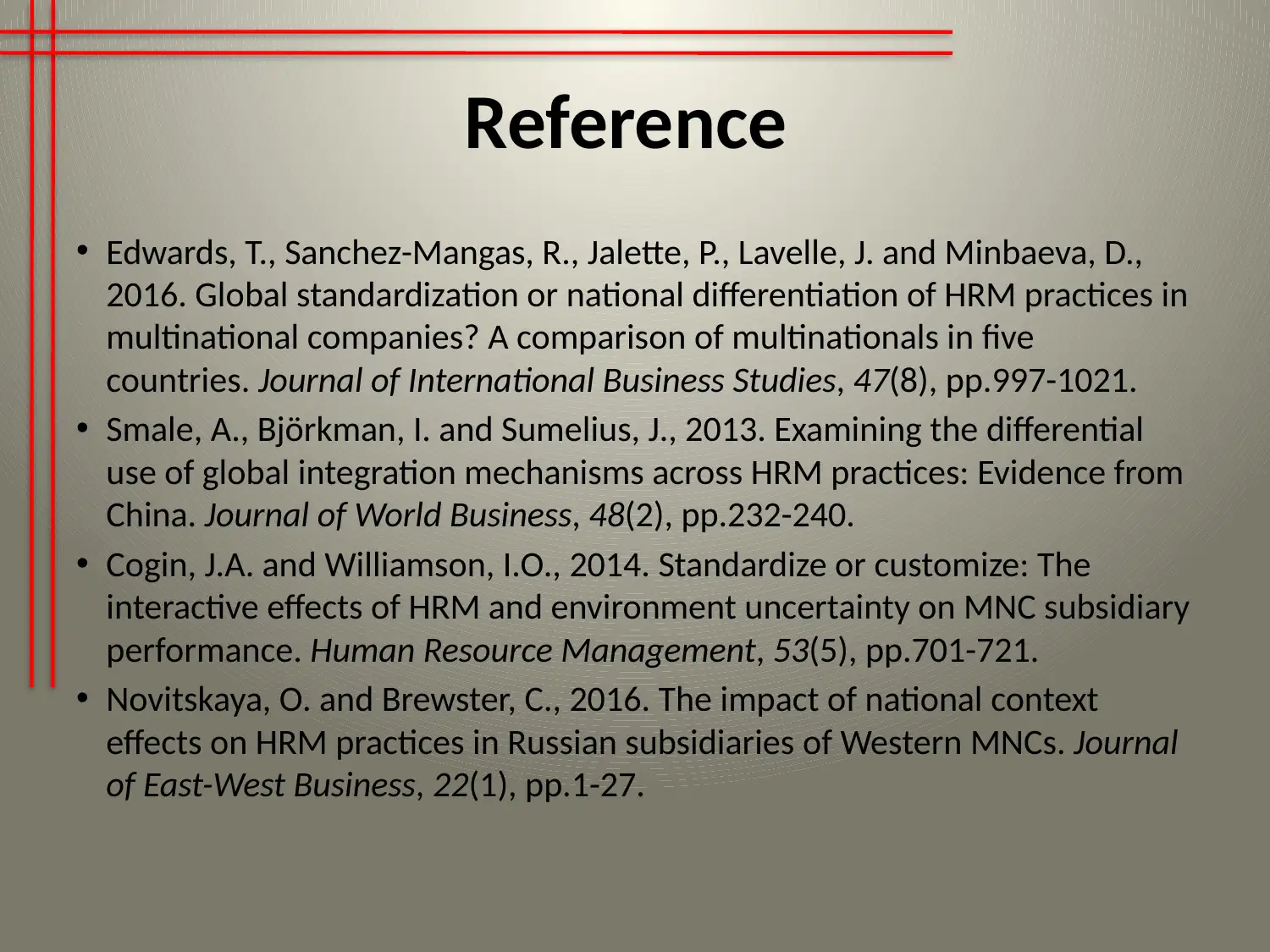






![[object Object]](/_next/static/media/star-bottom.7253800d.svg)